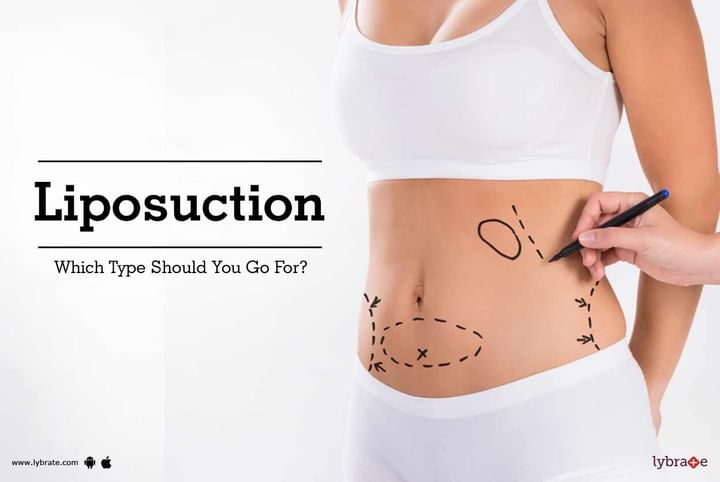Liposuction - Which Type Should You Go For?
Liposuction is a type of cosmetic surgery that removes excess fat from some parts of the body to improve your overall body contour. Essentially, this cosmetic procedure involves insertion of small, thin but blunt-shaped needles under the skin in those areas that have excess fat. Fat is then suctioned out through these needles by moving them from one place to another under the skin. Also called as “lipo”, this type of cosmetic surgery addresses the following body parts;
- Thighs
- Hips and buttocks
- Fat located on abdomen and waist
- Fat on the upper arms
- Fat on neck, chin and cheek area
- Fat deposited on the back, inner knee, chest, calves and ankles
Liposuction can be performed along with other cosmetic surgeries such as facelift, breast reduction, tummy tuck etc. Please note that liposuction cannot be used to reduce obesity, diabetes and other weight-related disorders.
Types of Liposuction
In recent years, this surgical procedure has been made less painful by developing newer techniques. These are:
- Tumescent Liposuction- This involves applying a local anesthetic on the area where the procedure has to be done. A combination of chemicals e.g. lidocaine and epinephrine is then inserted under the skin. This numbs the precise area where liposuction will be done.
- Ultrasound liposuction: This procedure involves melting of the undesired fat by ultrasound. This form of liposuction is suited for fat deposited on the neck, upper abdomen, sides and the back area.
- Laser liposuction: Low-energy waves are sent under the skin to liquefy the fat that is later removed through the cannulas.
Liposuction is not an elaborate procedure and does not require overnight hospitalization most cases. The patient is administered a local anesthetic so that she does not experience any pain. Overnight hospitalisation may be required if the volume of fat to be removed is large.
Post-liposuction care
Post this surgery, expect your body to swell. The parts of your body where liposuction has been carried out will display swellings, bruises etc. You may even experience pain in those areas. To alleviate discomfort, patients are wrapped up in bandages, support hoses, girdles etc. Some patients may report fluids oozing from the areas affected by liposuction. To prevent infection, doctors prescribe antibiotics to such patients.
Swelling and bruises may continue for the next 7- 10 days post this surgery. Patients may have to wear the bandages, girdles, wraps etc. for the next 3-4 days.
Effectiveness
Liposuction results in a better shape if the volume of fat removed is small. If the patient regains weight after liposuction, fat reappears in those areas which have not been treated.
In case you have a concern or query you can always consult an expert & get answers to your questions!



+1.svg)
